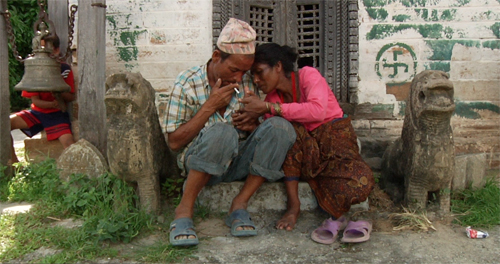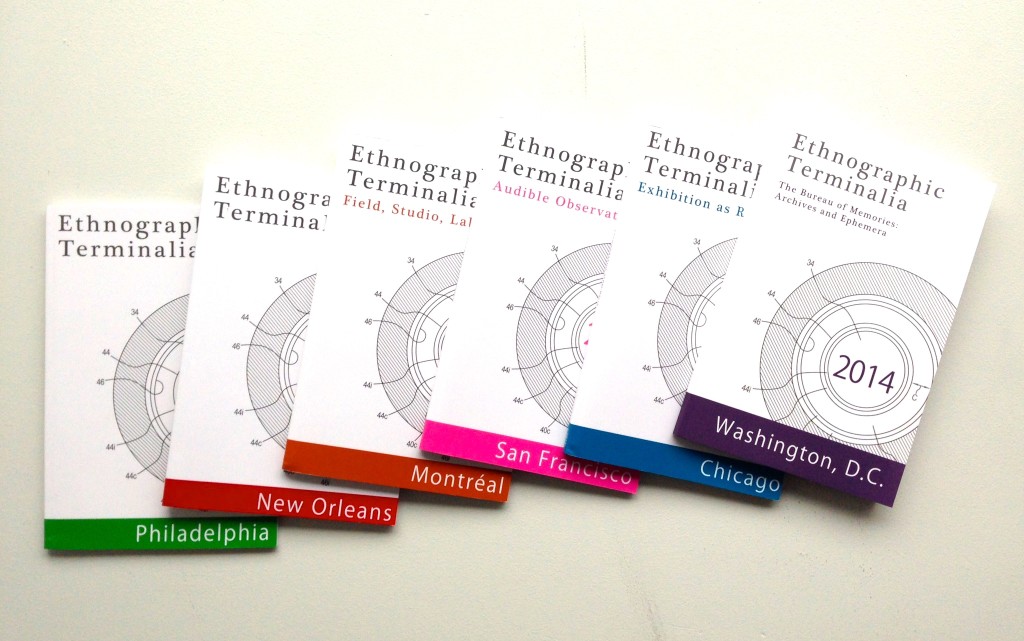Untitled

Stephanie Spray
A prerequisite for most social anthropologists conducting fieldwork is fluency in the primary languages of their subjects; this is for practical reasons, as it fosters rapport and facilitates insights into local lifeworlds, as well as professional, insofar as linguistic agility confers a degree of hermeneutic legitimacy. Within visual anthropology, subtitling has become de rigueur for ethnographic films, a tendency that effectively highlights the role of semantic meaning in our apprehension of the world. Untitled is a playful 14-minute piece that deliberately thwarts expectations for linguistic interpretations to instead highlight other kinds of meaning––those which would otherwise be dictated, if not eclipsed, by the flickering text of subtitles. Without these semantic guides, the viewer is encouraged to seek whatever meaning may be found in looking, listening, and loitering with the unnamed subjects. Phenomenological appreciation is not, however, the end point; rather it is a place from which to consider aesthetic decisions, namely the willful determinacy of the frame for what it highlights and organizes spatially––as well as for what it dismisses or conceals. The 16:9 field of vision seemingly confines the two primary subjects, as it does the viewers, an effect that is further engendered by the shot’s tenacious duration. The obstinacy of the frame is suggestive of the filmmaker’s investment in the camera’s potential to conjure a visual trick, to reveal an unfolding drama from prosaic events. While watching playful banter of the restless couple escalate––and the young imp who meanders in and out of the frame to harass them––viewers are encouraged to ponder ethical questions regarding the presence of the camera, for what it shares and withholds, as well as that of the filmmaker as she hangs around, delving into the lives of her “subjects.”
The piece is punctured and abruptly terminated with a single subtitled question as the central male figure addresses the filmmaker directly. By subtitling this direct address, she extends this question to the viewer, “Are you uncomfortable?” Together they echo James Agee’s reservations in Let Us Now Praise Famous Men: Who are you who will watch this, by what chance, and what will you do about it? Why was this work made, and by what right, for what purpose, to what good end, or none?
Video shot in Lekhnath, Nepal in 2009 and produced in the Sensory Ethnography Laboratory and the Film Study Center at Harvard University.
Biography
Stephanie Spray was born in Minnesota, raised in Alabama, and spent half of the last decade loitering with itinerant musicians in Nepal. Currently a doctoral candidate in the Anthropology Department at Harvard University and a fellow at the Film Study Center, she recently returned to Nepal, cameras and microphones in tow.

